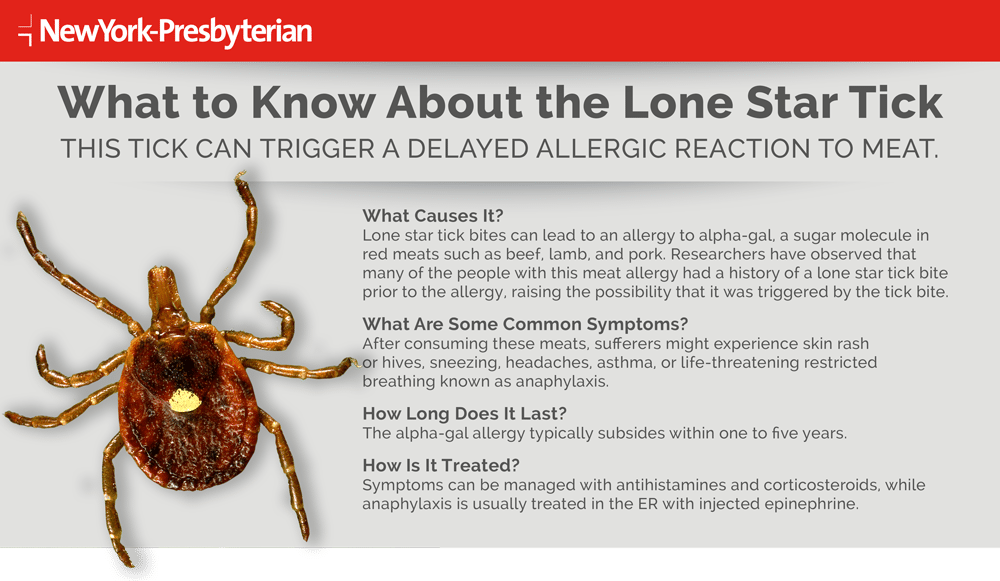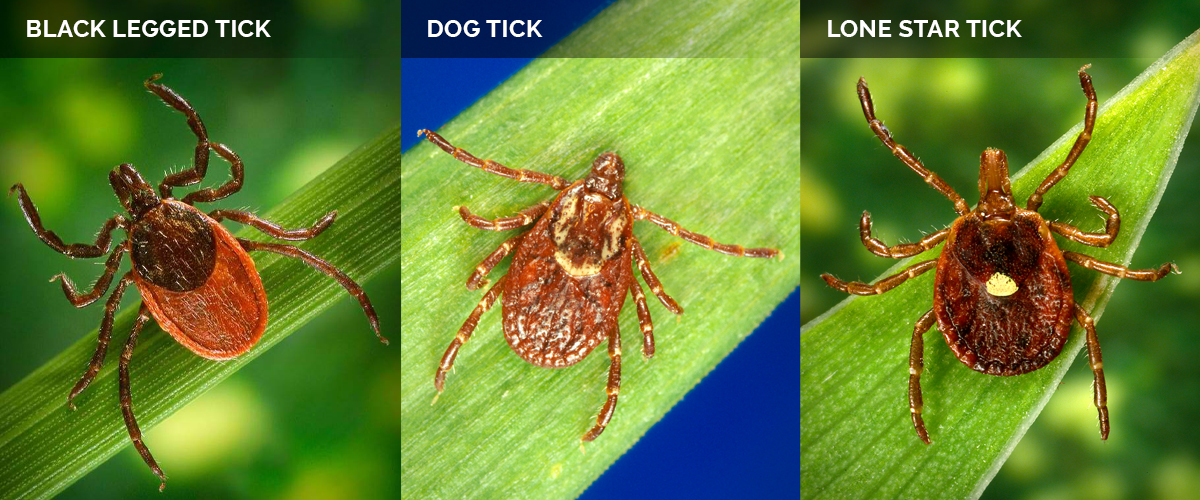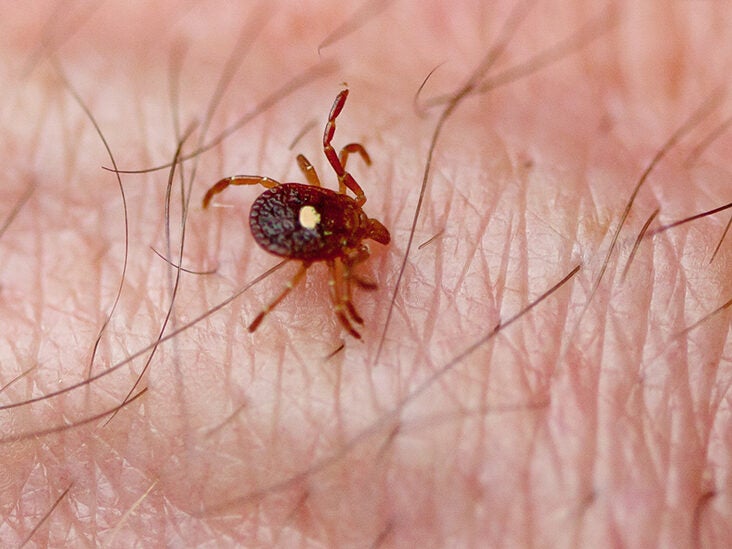Black Legged Tick Bite Treatment

Black legged ticks often carry multiple bacteria viruses and parasites that can be transmitted individually or along with Lyme disease bacteria.
Black legged tick bite treatment. Its a common sign of Lyme disease but its not the only sign. When caught early and treated Lyme disease can be cured with antibiotics and most people recover fully. If you see a tick on your skin take immediate action to remove it.
If parts remain in the skin it is usually the mouthparts. Putting clove oil and water into a spray bottle and spraying in areas where ticks are commonly found is a great way to prevent the insects from coming near and spreading the disease. The attached tick is a black-legged tick deer tick Ixodes scapularis.
You may want to disinfect the bite site with alcohol or apply an antibiotic cream. After the tick has been removed wash the bite using soap and water followed by an antiseptic. Tick identification is most.
Learn about the size of deer ticks life cycle habitat location and maps. When to Treat an Acute Tick Bite. A mouse study demonstrated that using a single dose of long-acting doxycycline was able to prevent Lyme disease in 100 of experimentally tick infected mice.
The tick then inserts its feeding tube. Burgdorferi is transmitted to humans by a bite from an infected black-legged or. If you are bitten by this tick and develop Lyme disease you may see a bulls-eye rash.
Do all black legged ticks have lyme diseaseBlacklegged deer tick northeastern mid-Atlantic and North-Central US Western blacklegged tick Pacific coastal US Ticks prefer to live in wooded areas low-growing grasslands and yards. Depending on the location anywhere from less than 1 to more than 50 of the ticks are. Ticks are vectors of diseases.

/what-to-know-about-tick-bites-4587783_V2-3d1cf872c1fd41a79b01372a08c75d9c.png)


/https://tf-cmsv2-smithsonianmag-media.s3.amazonaws.com/filer_public/5b/d0/5bd081cd-c5dd-461b-b3a4-9c5111d294bf/1018_lyme_disease.jpeg)







